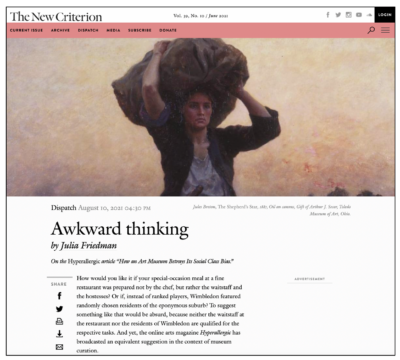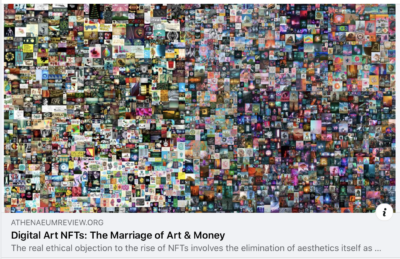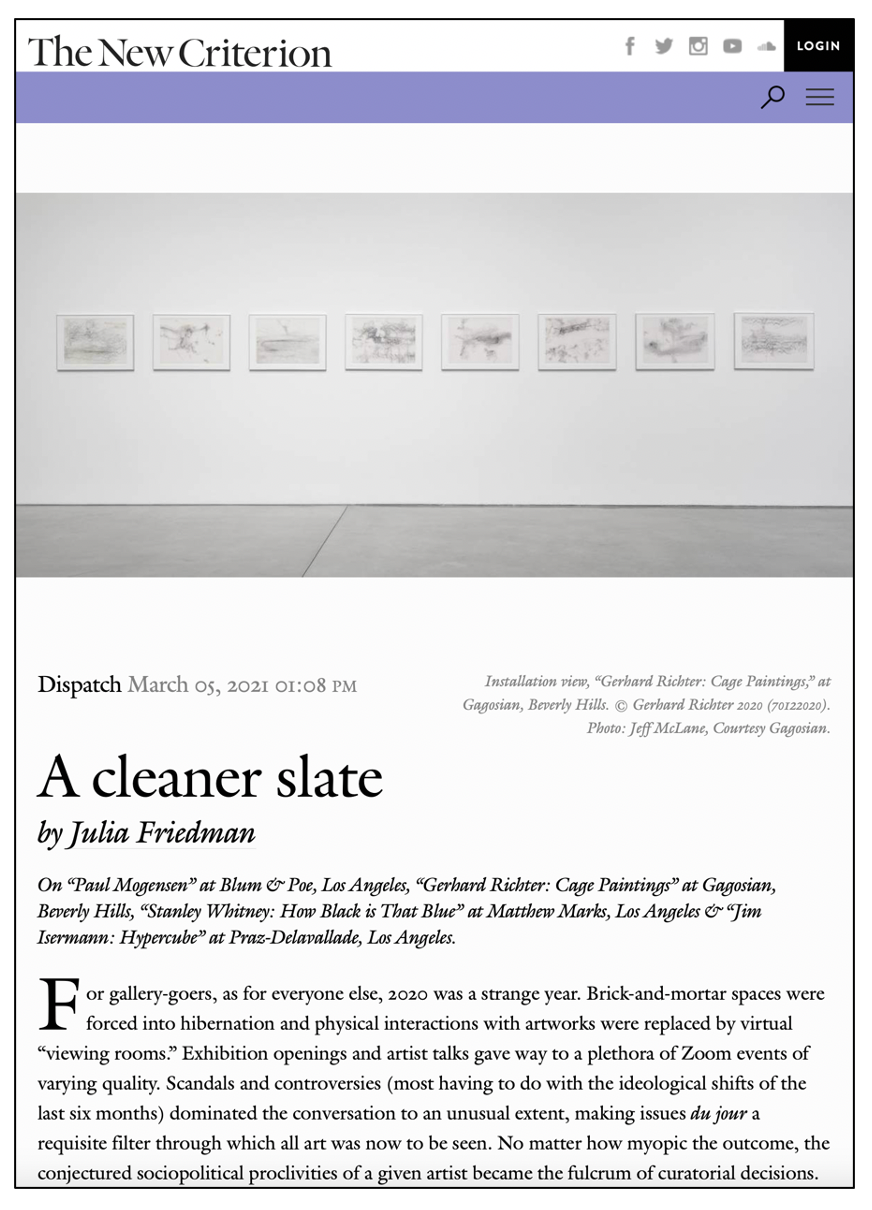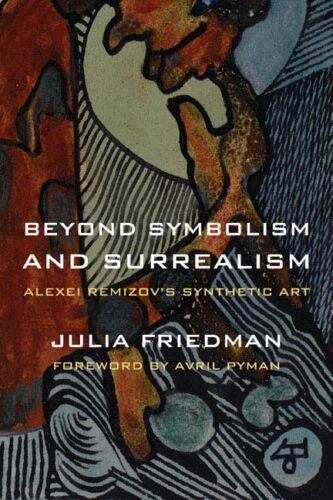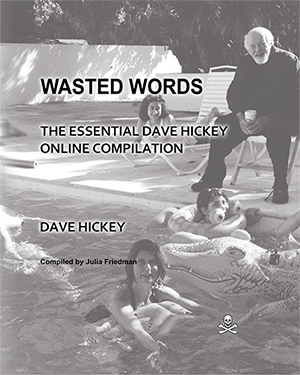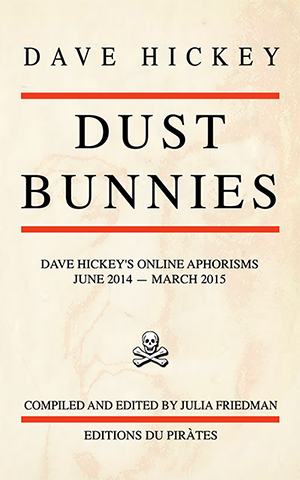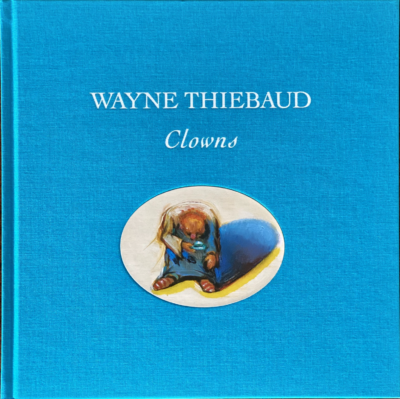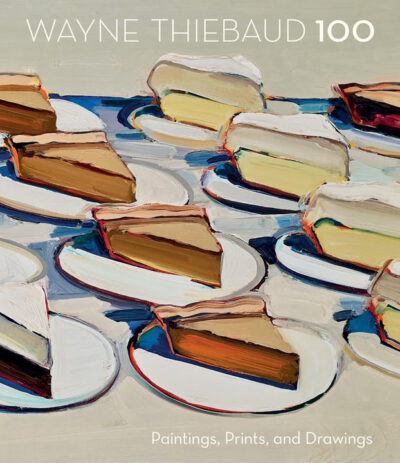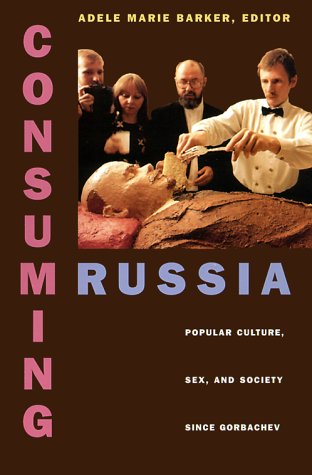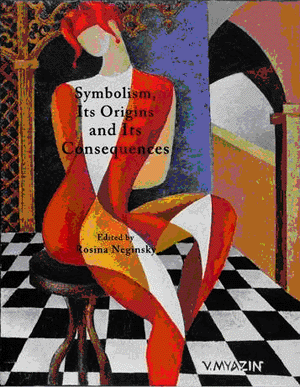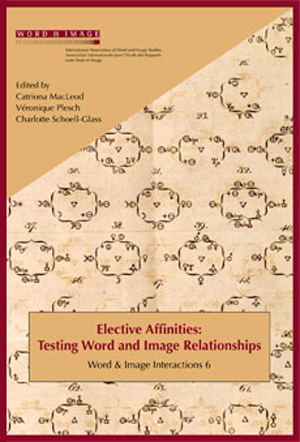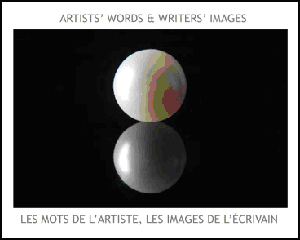On Sexy Art
Quillette just published my article on the relationship between art history and pornography. Click on the image below to read the full text.
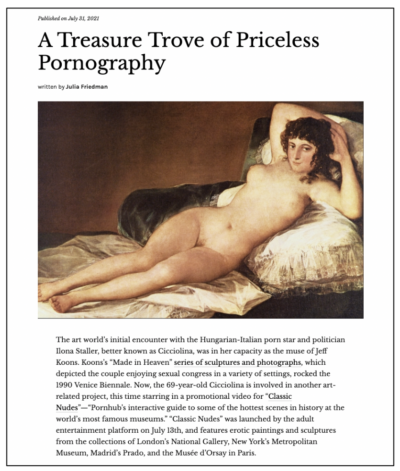
On Crypto Art and the Aura
Another co-authored article on NFTs—“The Afterlife of the Aura” out on the Atheneum Review website.
The “aura” is what makes the experience of viewing Da Vinci’s Mona Lisa in the Louvre, or his drawings at the Met, different from looking at their images in a book. It is inseparable from the viewer’s visceral reaction to the physical traits of the work: variable pressure of the crayon on paper, the thickness of impasto brushstrokes or their glossy translucency, the weave of the canvas showing through the loosely applied imprimatura, the mutable effects of light playing on the surface at different times of day. An artwork’s aura is also the source of its financial value, the reason the original Mona Lisa is worth more than a reproduction. But if the original is destroyed, there is nowhere physical for the aura to reside. The aura’s abstract, symbolic nature is then revealed, and it becomes possible to package, market and sell the aura in the absence of the original. The destruction of the original allows the NFT to monetize the aura, imposing on it the form of financial value. As Daystrom explain:
Value has become increasingly fungible, diluted and unstable in our evolving metaverse and there’s a tremendous spike in user demand for exclusivity. NFT assets provide this exclusivity and create an entirely new online value system that was previously unimaginable.
But an “aura” is not a material thing. Does it necessarily perish along with its physical incarnation? Perhaps it was not destroyed so much as transubstantiated, reborn into a financialized afterlife where it is no longer subject to mortal decay. Like BurntBanksy, Daystrom make a plea for authenticity, not a protest against it. But authenticity is no longer a quality of the original artwork, contingent on the artist’s touch or painterly gesture. Authenticity is now a quality of the NFT that represents the original, and the only authenticity available today is statistical uniqueness. Yet people remain sentimentally attached to the old distinctions between authenticity and image, original and reproduction, reality and representation. The cries of fear and loathing at the prospect of destroying a Basquiat drawing (albeit not a great one) or a Banksy print (albeit one of an edition of 500) are not naïve defenses of the artwork’s lost integrity. They are inarticulate but nonetheless passionate protests against the postmodern condition. No wonder the word “deconstruction” where simple “destruction” would have sufficed was so triggering.
Read the entire article HERE
The Brave New World of NFT art
Athenaeum Review just published a co-authored article “The Marriage of Art & Money” on the ubiquitous topic of digital art NFTs.
The relationship between art and money has always been symbiotic. It has been equally true with papal patronage in sixteenth century, and with the interwar European avant-garde whose fortunes, according to Greenberg, were inexorably linked to the market ‘by an umbilical cord of gold.’ After all, art and money are basically similar phenomena: both are valuable and significant systems of symbols. The twentieth century was replete with artists questioning the relationship between art and money. Their difference from Beeple was that they were looking for ways to uncouple the pair, rather than fuse them. As early as 1914, Duchamp’s revolutionary concept of the ‘readymade’ had undermined the process of commodification that had engulfed the artworld. Along with his Dadaist allies, Duchamp succeeded in redefining the fine arts, moving away from the given of physical painting and sculpture and towards serialized, de-commodified, temporary or even traceless performances and manifestos.
By insisting that a fictitious ‘R. Mutt’ had the right to anoint a urinal as art because ‘whether Mr. Mutt with his own hands made the fountain or not has no importance. He CHOSE it,’ Duchamp initiated what the late David Graeber called the ‘aesthetic validation of managerialism.’ A lowly plumbing fixture can be art, as long as someone (who did not even create it) calls it art. The task of validation, and the creation of value, later devolved from artists to curators, who could throw ordinary objects into the mix along with bona fideartworks, confident that no one could legitimately object. Today this function falls to auction houses which, in Graeber’s words, use ‘money as a sacral grace that baptizes ordinary objects magically, turning them into a higher value.’ That is exactly what happened to Beeple’s opus on March 11, 2021 when the sale closed at $69,346,250.
Read the entire article HERE
Abstraction x 4
In early March, The New Criterion published “A Cleaner Slate”—my review of four exhibitions of abstract painting: “Paul Mogensen” at Blum & Poe, Los Angeles, “Gerhard Richter: Cage Paintings” at Gagosian, Beverly Hills, “Stanley Whitney: How Black is That Blue” at Matthew Marks, Los Angeles and “Jim Isermann: Hypercube” at Praz-Delavallade, Los Angeles.
Wayne Thiebaud’s “Clowns”: exhibition tour
Last month, the Laguna Art Museum recorded my tour of Wayne Thiebaud’s “Clowns.” This exhibition includes over forty items that compose the painter’s latest circus-themed body of work. The show has been installed at the museum since early December 2020, but is yet to be opened to to public due to Covid-19 restrictions.
In this thirty minute walk-through I discuss a dozen paintings, drawings (including mixed media drawings), and etchings in the exhibition. LAM will re-open March 26. Until then, here is my modest contribution. Covid hair comes with. 🙂
Wayne Thiebaud’s “Clowns”: catalogue essay
I am delighted to have had a chance to contribute an essay for the catalogue of Wayne Thiebaud’s Clowns exhibition at the Laguna Art Museum. You can purchase the catalogue in LAM’s online store.
